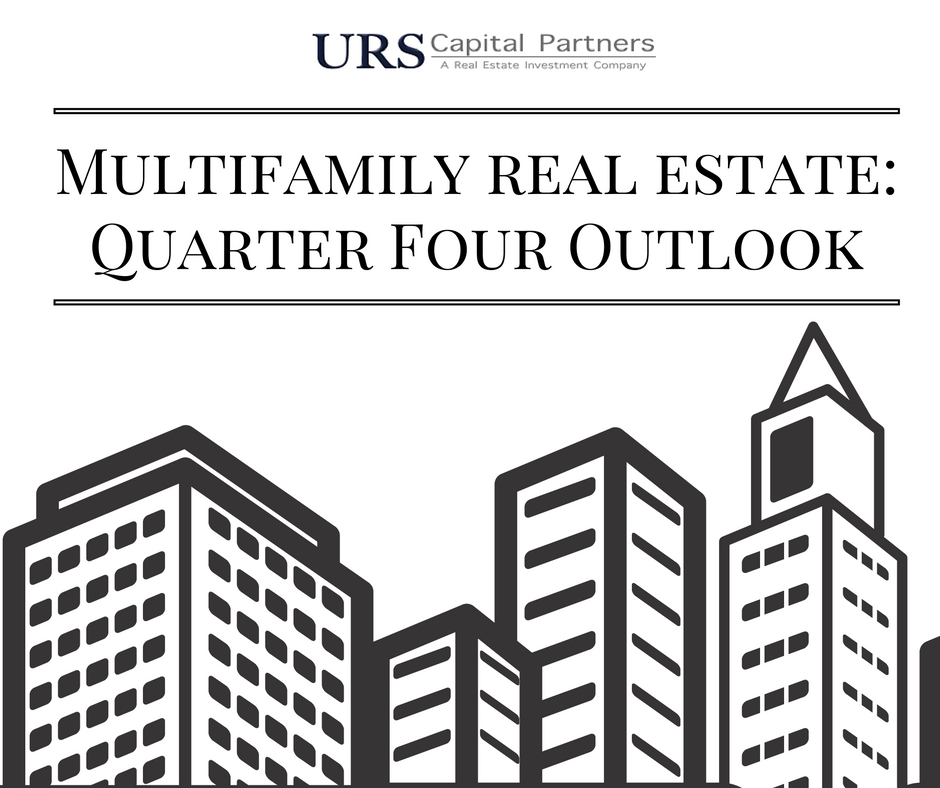As the fourth quarter starts, and the weather finally cools off, it’s a good time to take a broad view of the multifamily market. I wanted to let you know what trends we seeing in a macro and micro sense.
2016 in Review:
According to Axiometrics, a leading multifamily data firm, in 2015 there was a national average rent hike of 4.5%. To close out the year in 2016, another very healthy increase is forecasted of 3.4%. These are national averages, with the Metros of NYC and San Fran flattening out the upper end of the rent hikes, as “A” market rents start to come back to Earth.
Submarket Selection
We put in the time and effort to know our sub-markets at a granular level. By scrutinizing these demographics and truly understanding the underlying economic reasons supporting our strategic market’s growth, this intimate knowledge gives us a competitive advantage, allowing us to move quickly when an opportunity arises.
Check out the growth stories in three of our markets, according to the US Census bureau:
- Savannah: With a population growth rate of 9.08% since 2010, REIS estimates a projected rent growth of 6.7% over the next three years.
- Cincinnati: In 2014/15 Cincinnati’s economic output grew by 2.5% – the 20th fastest in the US. Cincinnati has a diverse employment base and its shown strong growth in recent years.
- Charleston: The population is projected to grow by 8.5% over the next ten years, at a time when many southern cities are seeing very uneven growth (99% of growth occurring only in city-centers, like Charleston and Charlotte)
Forecast: 2016/17 and beyond
- To finish 2016 and through 2017, we expect to see 4.68 million jobs created nationally.
- There are 272,000 new apartment units slated to come online for 2017, most of them concentrated in Central Business Districts.
- The forecast is in 2017 for 2.1% rent growth. Not sexy, but steady as these new units are absorbed.
In 2018 we’re looking at another boom in demand, with forecasted rents to rise 3.6% as the building boom levels out. Although we should see a rise in household creation of about 1.4 – 1.5 million per year, home ownership is poised to remain at its lowest rate since 1964, supporting another push in demand for apartments.
Overall, we see a continuation of the fundamental demographics that make multifamily such an attractive alternative asset. We are close on the heels of some exciting opportunities for our investors.

